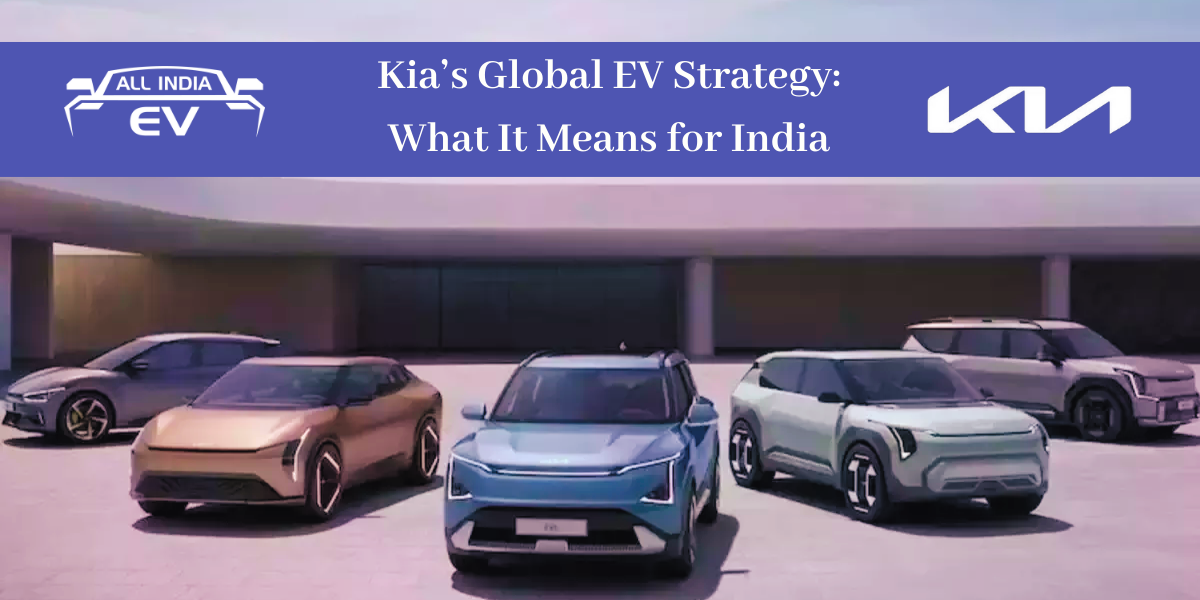Kia’s Global EV Strategy: What It Means for India
Kia, the South Korean automaker, has recently unveiled its global EV strategy at its own ‘EV Day’ event on October 12, 2023 in Korea. The company has announced its plans to produce and sell 1.6 million eco-friendly vehicles by 2030, including 880,000 electric vehicles (EVs) . Kia has also revealed its new EV lineup, consisting of eight models ranging from hatchbacks to SUVs .
One of the most interesting aspects of Kia’s EV strategy is its role for India.
Kia has announced that it will produce ‘strategically designed’ EVs in India, specifically made for emerging markets . This means that Kia might set up an EV production facility in India, which will not only cater to the domestic market, but also export the cars to other regions .
What are the benefits of Kia’s EV plan for India?
Kia’s EV plan for India could have several benefits for the country, such as:
Boosting the local EV industry: Kia’s EV production in India could create more jobs, stimulate the supply chain, and encourage innovation in the EV sector. Kia could also leverage its existing network of dealers and service centers to provide better customer experience and after-sale s support for its EVs .
Reducing the dependence on oil imports: India is one of the largest importers of oil in the world, spending billions of dollars every year on fuel. By producing and selling more EVs in India, Kia could help reduce the country’s dependence on oil imports and improve its energy security .
Enhancing the environmental sustainability: India is also one of the most polluted countries in the world, with many cities suffering from poor air quality and health hazards. By producing and selling more EVs in India, Kia could help lower the emissions of greenhouse gases and other pollutants, and contribute to the global efforts to combat climate change.
What are the challenges of Kia’s EV plan for India?
Kia’s EV plan for India could also face some challenges, such as:
✅ Lack of adequate infrastructure: India still lacks adequate infrastructure for EVs, such as charging stations, battery swapping facilities, and grid stability. Kia will have to invest heavily in building and maintaining its own infrastructure, or partner with other players to provide seamless access to its customers.
✅ High cost of ownership: EVs are still more expensive than conventional vehicles in India, due to the high cost of batteries, components, and taxes. Kia will have to offer competitive pricing and attractive financing options to attract more customers and increase its market share.
✅ Low consumer awareness and preference: EVs are still a niche segment in India, with low consumer awareness and preference. Kia will have to educate its potential customers about the benefits and features of its EVs, and overcome the myths and misconceptions that surround them.
Conclusion
Kia’s global EV strategy is ambitious and promising, and it has a significant role for India. By producing ‘strategically designed’ EVs in India, Kia could reap the benefits of a large and growing market, while also contributing to the country’s economic and environmental goals.
However, Kia will also have to overcome some challenges that could hamper its success in India, such as infrastructure, cost, and consumer behavior. Kia has already shown its commitment to India by launching its first EV model, the EV6, which has received positive response from the customers .

